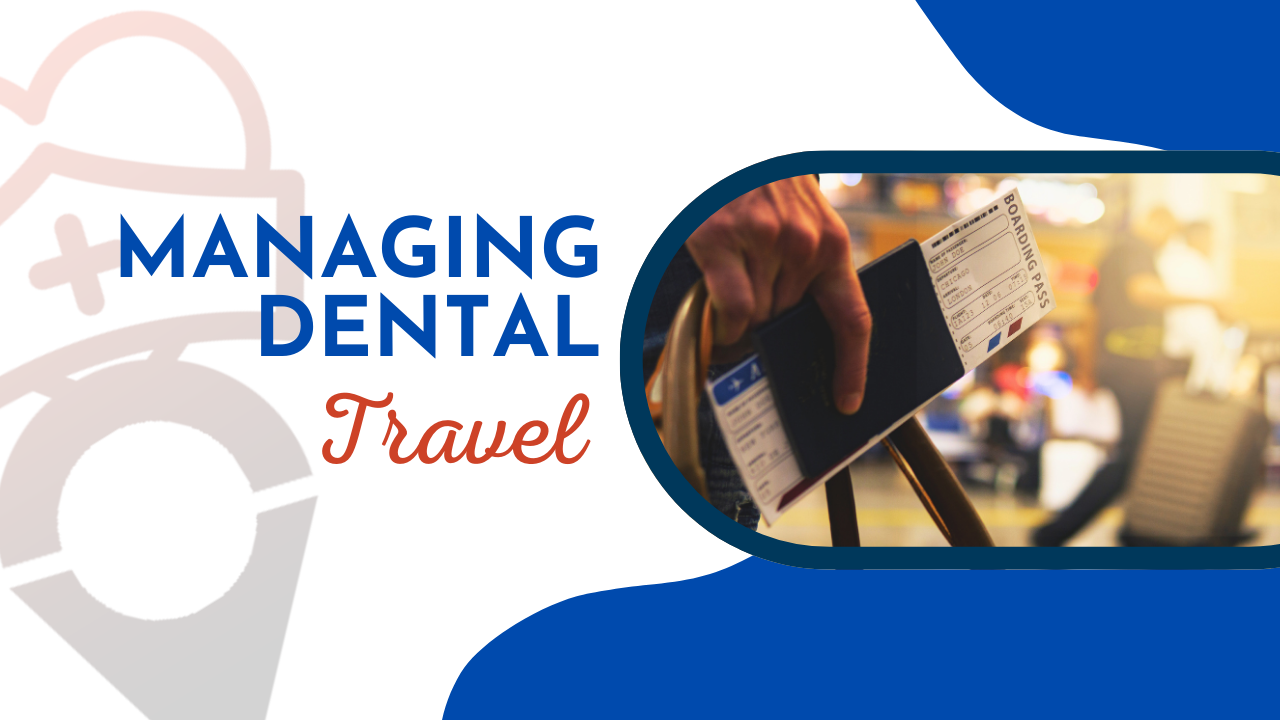Starting Contact: Reaching out via phone or email is the first step in the journey. If patients have any questions regarding services, treatment alternatives, or appointment availability, they should get in contact with the dental clinic or healthcare facilitator.
Information Gathering: It's crucial to communicate thoroughly. Patients must supply family and personal information to enable seamless coordination over the course of therapy.
Medical History: Any prior medical issues that might affect dental treatment must be disclosed. During the planning stage, some illnesses like epilepsy, Alzheimer's, or cardiac issues need to be given further care.
Medical Clearance: Getting permission from the patient's primary care physician or specialist is required if they have underlying health concerns. It is frequently necessary to obtain a written statement attesting to the patient's suitability for dental care.
Radiological Imaging: It is recommended that patients bring any current radiological imaging, such as CT scans or panoramic X-rays, or submit them to the dental staff via email for review.
Travel Plans: Purchasing airline tickets and setting up travel-related expenses are essential components of dental trip preparation. It is advisable for patients to schedule their trip itineraries around their dental visits.
Consent papers: Patients must complete consent papers at the dentist office upon arrival, attesting to their knowledge of the suggested course of treatment and any risks involved.
Diagnostic Procedures: To complete the treatment plan, diagnostic tests and exams, including additional radiological studies if needed, are carried out once the administrative and accommodations processes are finished.
Start of Treatment: Based on the problems that have been discovered and the preferences of the patient, dental treatment begins after a thorough oral examination and evaluation.

